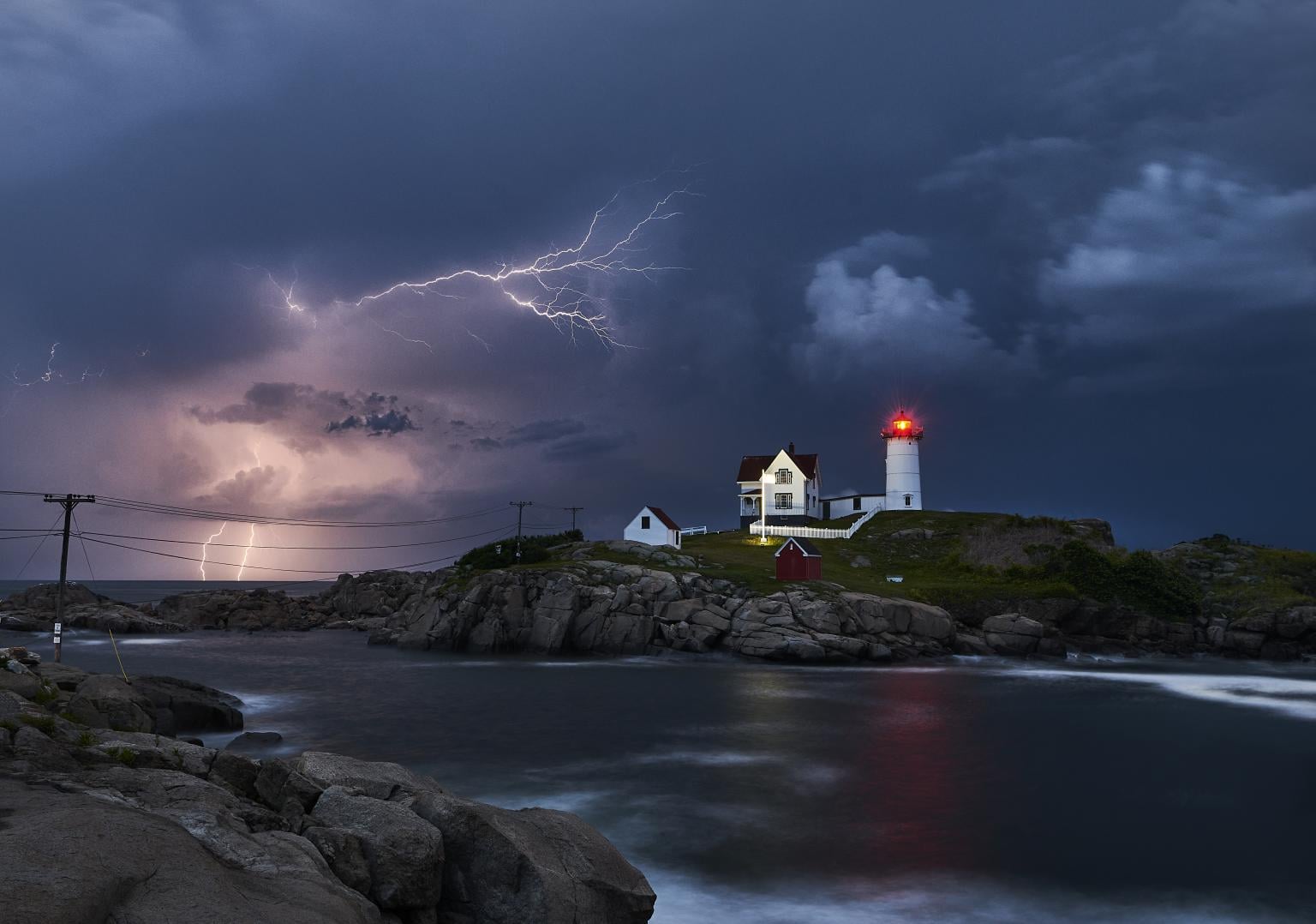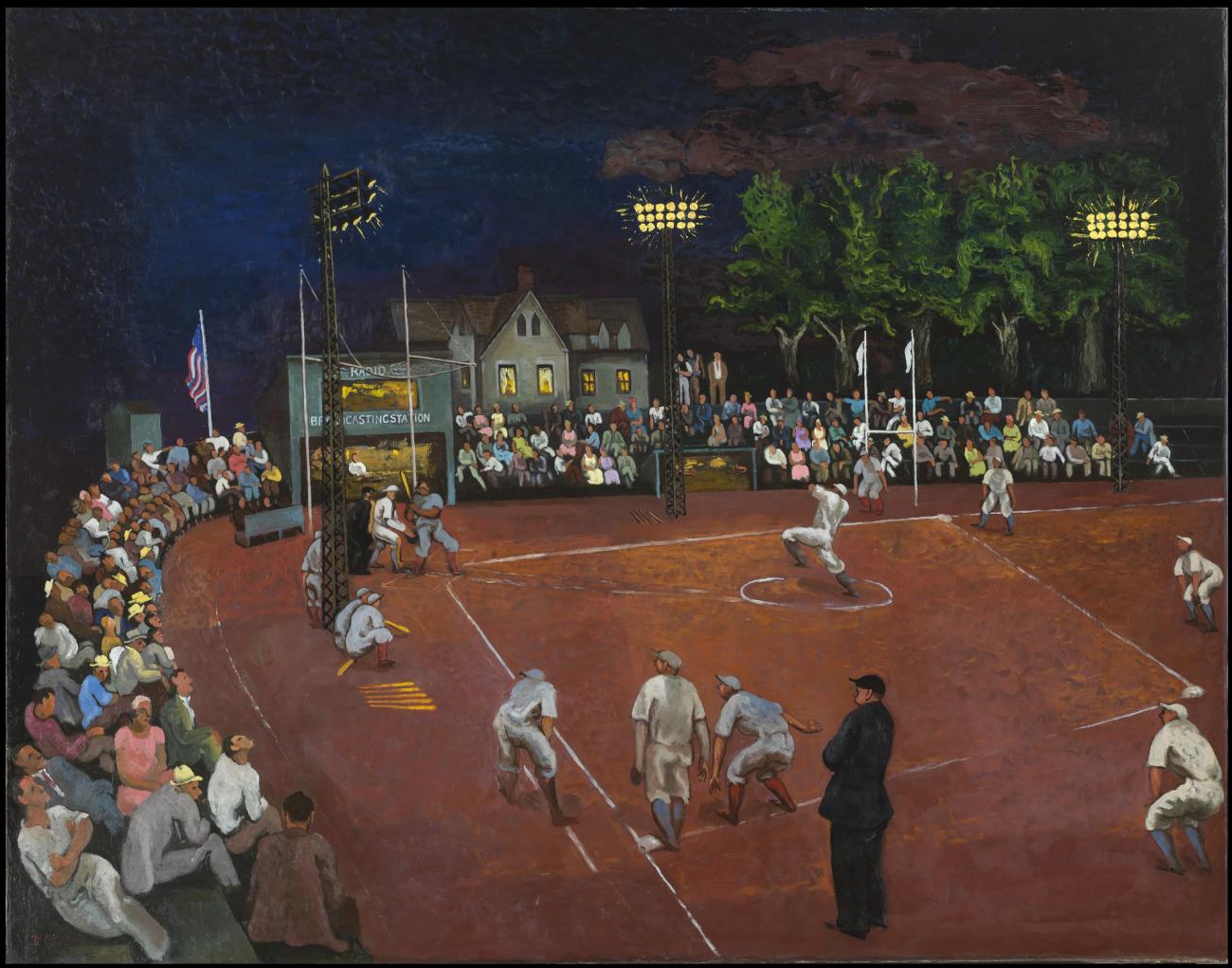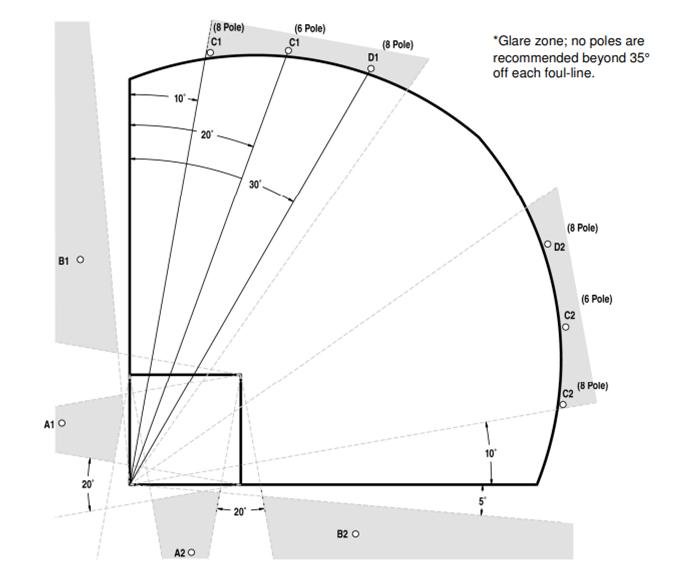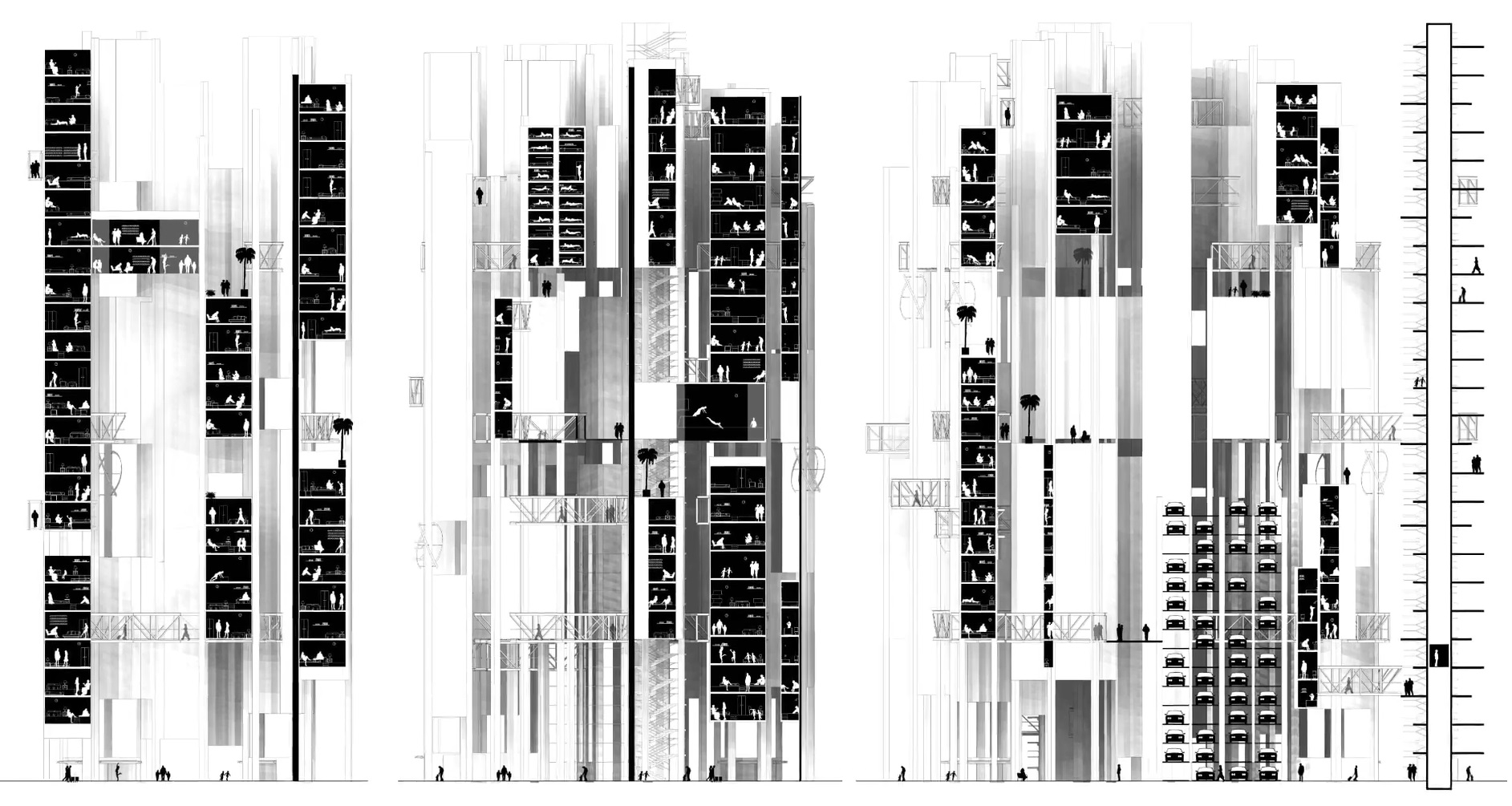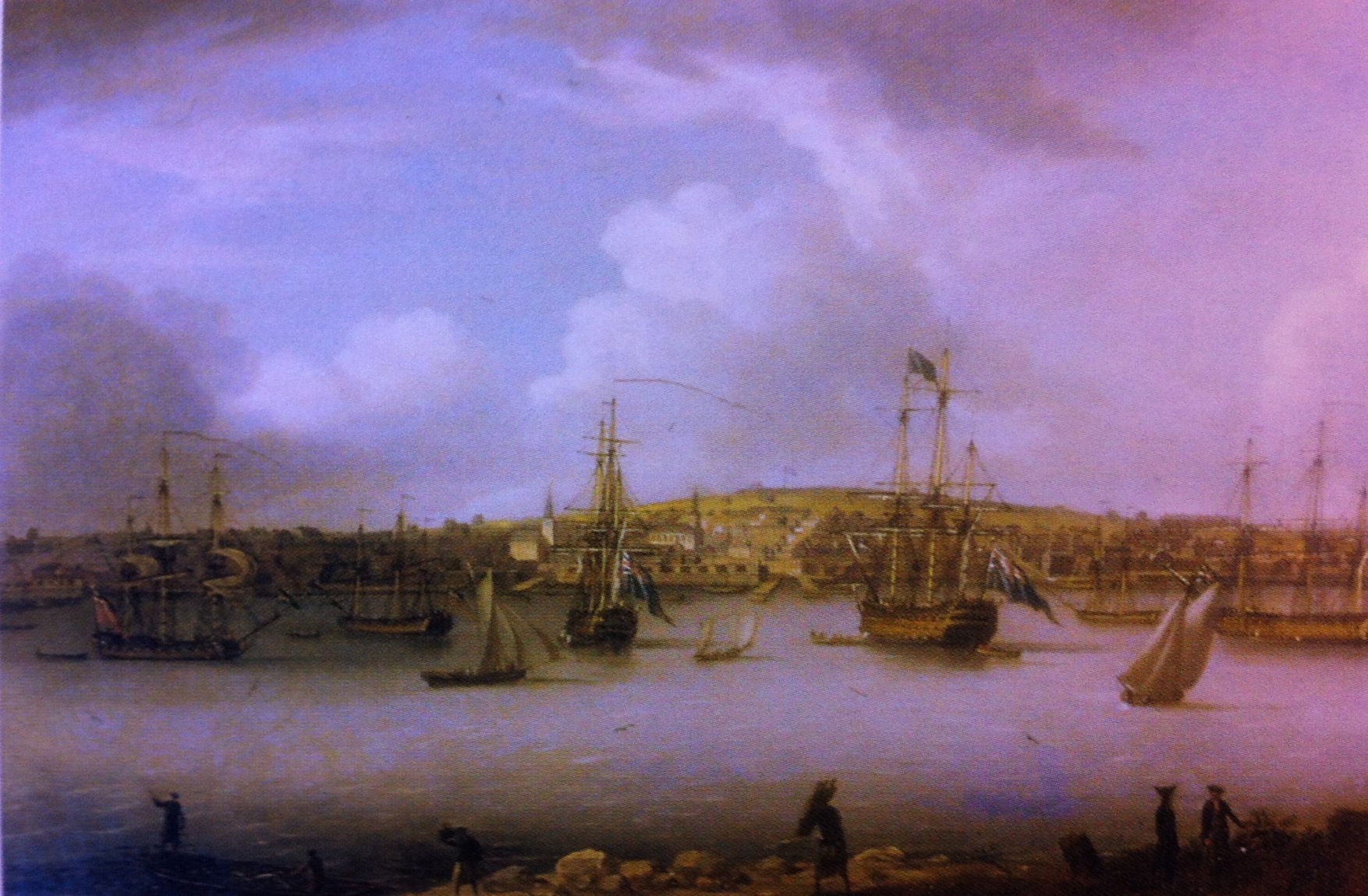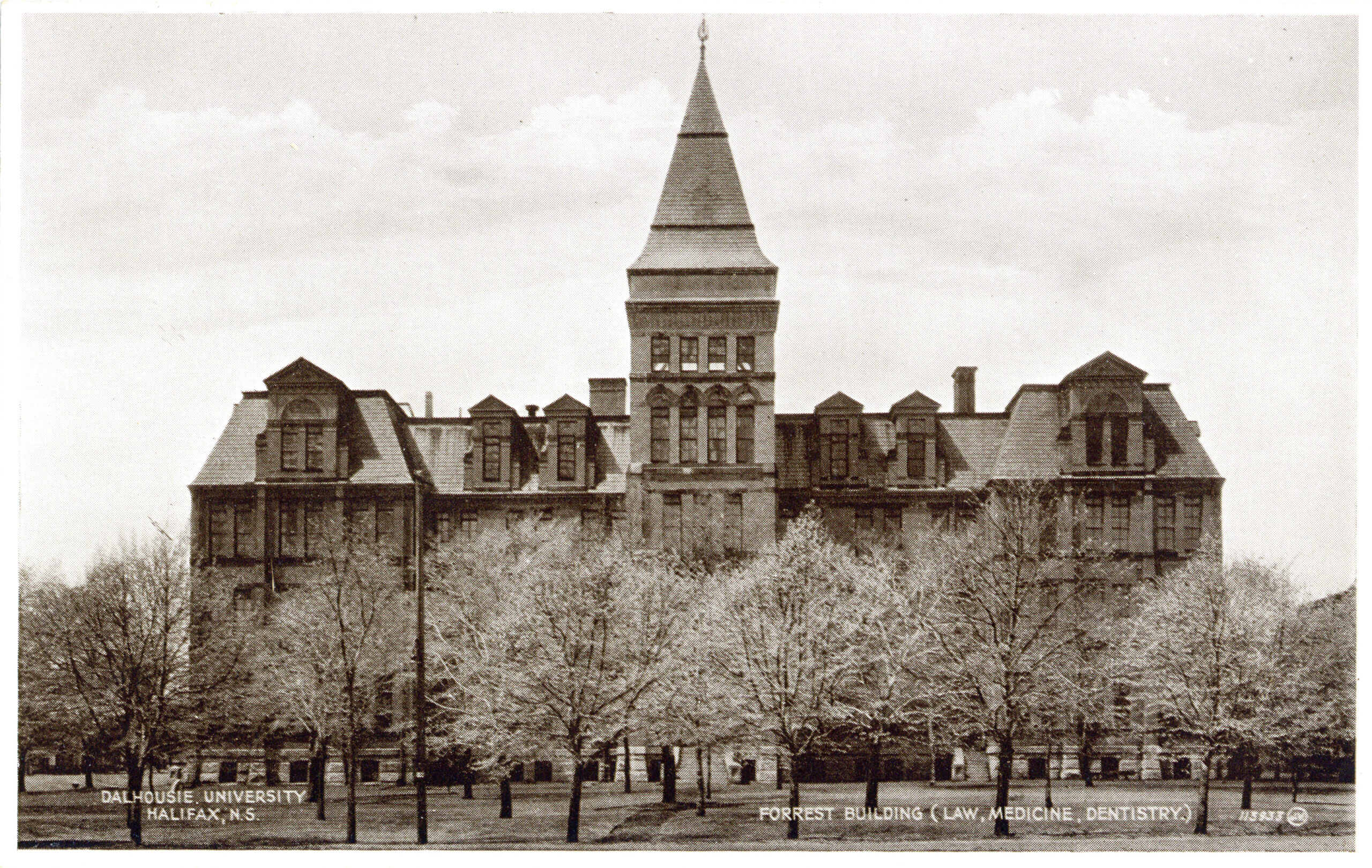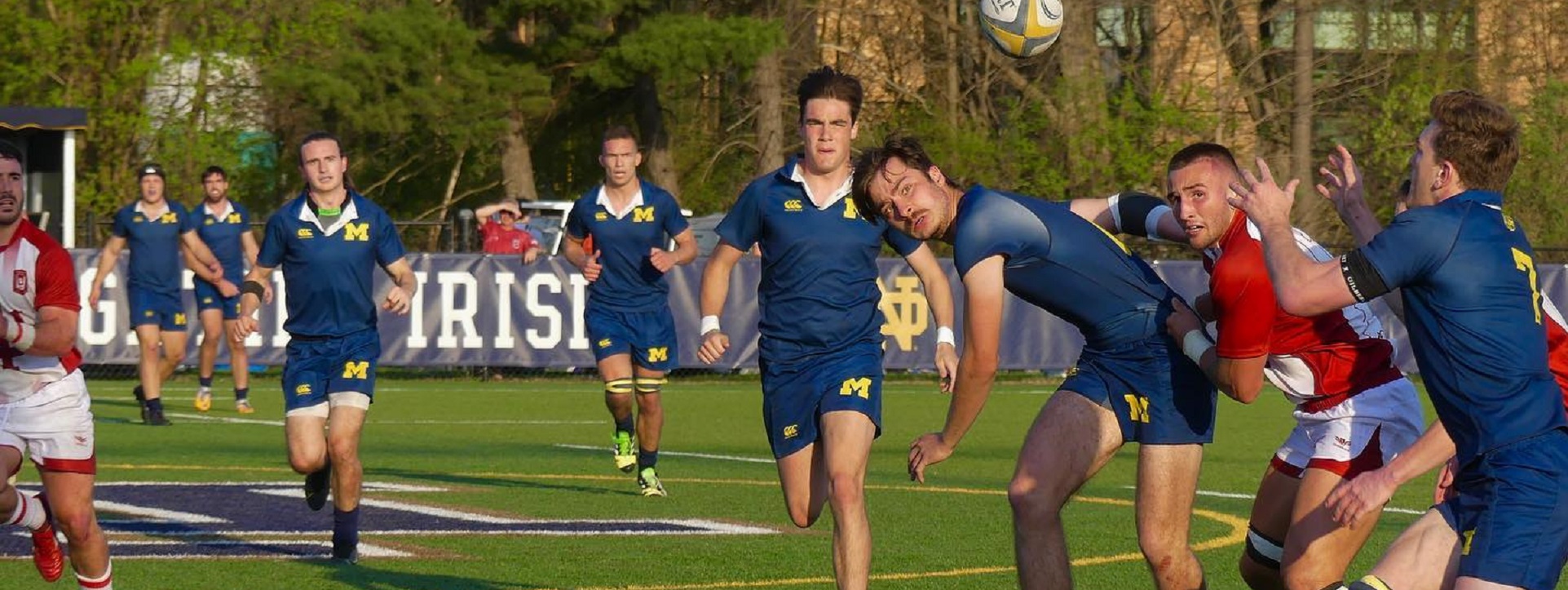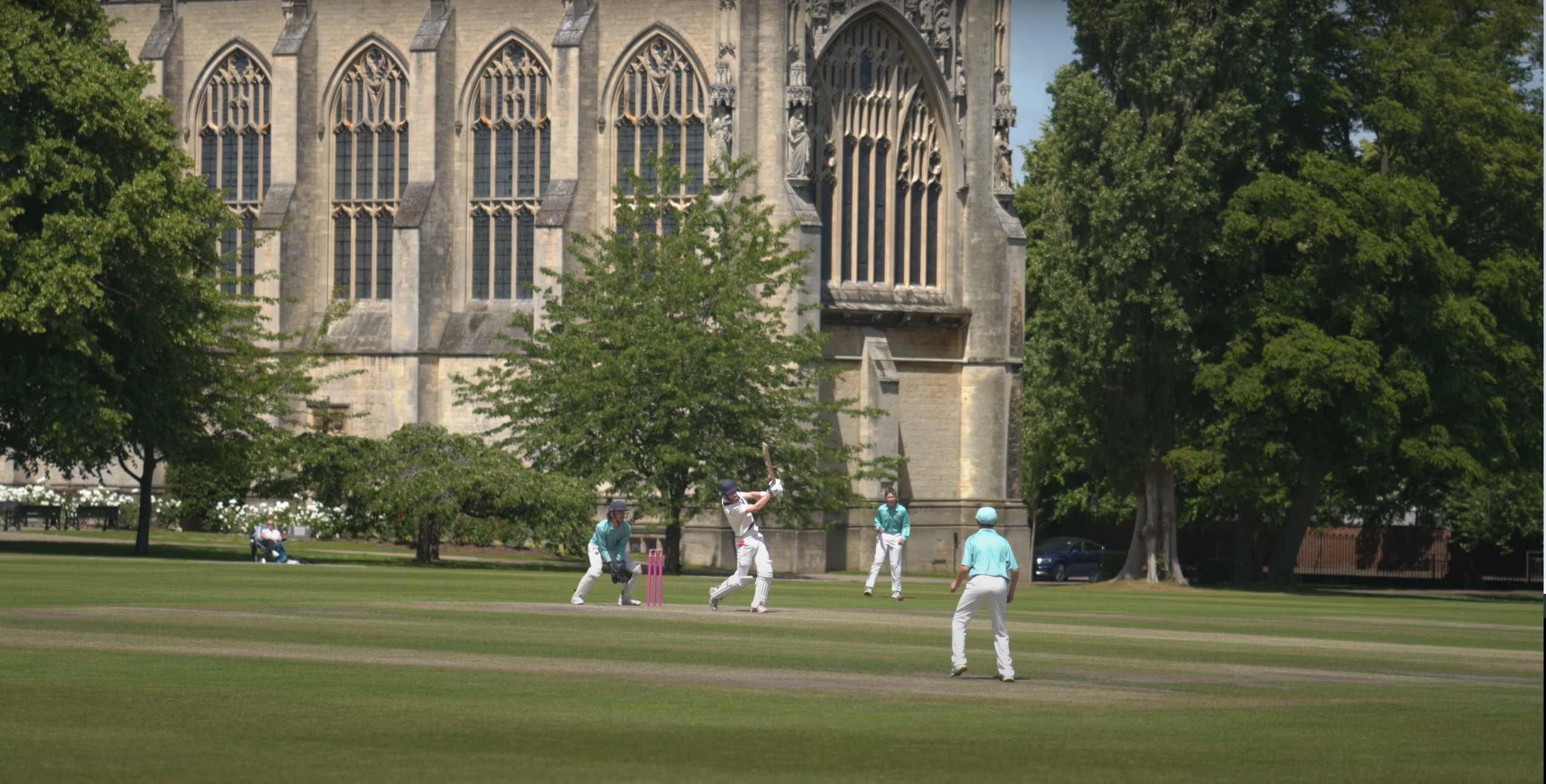New California Veterinary Emergency Team to Coordinate Training, Response
Protecting Animals When Disaster Strikes
- Home Page 105

“Backup” Power Systems
We use the term “backup” power system to convey the complexity of electrical power sources when the primary source is not used; either as a scheduled or an unscheduled event. Best practice literature in this domain has been relatively stable, even though challenged by newer primary source of power technologies. We are running our daily colloquium in parallel with the recurring 4 times monthly meetings of the IEEE Education & Healthcare Facilities Committee. You are welcomed to join us with the login credentials at the upper right of our home page.
Baseball Lighting
The College World Series begins this weekend in Omaha between Louisiana State University and Coastal Carolina.
Baseball is a pastoral game and lighting changed the experience of it. Since a baseball is less than 3-inches in diameter and routinely travels 400 feet at 100 miles per hour, illumination design must have outfielders in mind as well as other players and spectators.
FINALS MATCHUP SECURED 🤩
🖥️ https://t.co/vUbrNtVRPX
🎟️ https://t.co/i73Q25MuVk
📲 https://t.co/D9Ga3efNbI#MCWS pic.twitter.com/uO82Jy8d7x— NCAA Baseball (@NCAABaseball) June 19, 2025
“Baseball is ninety percent mental
and the other half is physical.”
– Yogi Berra
After athletic facility life safety obligations are met (governed legally by NFPA 70, NFPA 101, NFPA 110, the International Building Code and possibly other state adaptations of those consensus documents incorporated by reference into public safety law) business objective standards may come into play. For business purposes, the documents distributed by the National Collegiate Athletic Association inform the standard of care for individual athletic arenas so that swiftly moving media production companies have some consistency in power sources and illumination as they move from site to site. Sometimes concepts to meet both life safety and business objectives merge.
During the spring baseball season the document linked below provides guidance for illumination designers, contractors and facility managers:
Athletic programs are a significant source of revenue and form a large part of the foundation of the brand identity of most educational institutions in the United States. We focus primarily upon the technology standards that govern the safety, performance and sustainability of these enterprises. We cover the objectives of the energy conservation advocates in separate posts; notably advocates using the International Code Council and the ASHRAE suite to advance their agenda to press boxes and the entire baseball experience (interior and exterior) site in separate posts.
We collaborate very closely with the IEEE Education & Healthcare Facilities Committee where subject matter experts in electrical power systems meet 4 times each month in the Americas and Europe.
See our CALENDAR for our next Sport colloquium. We typically walk through the safety and sustainability concepts in play; identify commenting opportunities; and find user-interest “champions” on the technical committees who have a similar goal in lowering #TotalCostofOwnership.
Issue: [15-138]*
Category: Electrical, Energy Conservation, Energy, Athletics & Recreation
Colleagues: Mike Anthony, Jim Harvey, Jose Meijer, Scott Gibbs, George Reiher
More
Comparison of MH and LED performance for sport lighting application
A novel smart energy management system in sports stadiums
Tracking pitches for broadcast television
Emergency & Standby Power Systems
FREE ACCESS: 2025 Standard for Emergency and Standby Power Systems
Public Input for 2028 Revision Received Until June 4, 2025
Elevators rely on electricity to function, and when there’s a power outage, the main source of power is disrupted. Modern elevators often have backup power systems, such as generators or battery packs, to lower the cab to the nearest floor and open the doors, but these systems may not work optimally, or be connected to all elevators or may not exist in older or less well-maintained buildings.
Today we start with getting the source of power right; leaving complicating factors such as alarms, reset and restart sequences. NFPA 110 is the parent standard which references NFPA 70.
Ω
Public Input Report | 5 October 2022
Second Draft Meeting Minutes | 2 February 2023
Public Input No. 31-NFPA 110-2022 [ Section No. 3.2.4 ] | Page 7
Bibliography
Type 10 Requirements for Emergency Power Systems
Gazpacho
RECIPE: 1 cucumber, peeled and seeded, chopped 1 red bell pepper, seeded, chopped 3 vine ripe tomatoes ¼ red onion, peeled 2 garlic, whole cloves 2 tsp extra virgin olive oil 3 Cup tomato juice without added salt ½ lemon, juiced 1 Tbs sugar 2 tsp white wine vinegar 1 Cup italian parsley, coarsely chopped ½ tsp kosher salt
Combine the ingredients. Blend slightly (in a food processor or blender), to desired consistency. Cover and refrigerate. Serve chilled as a soup. Nutrition Facts (per serving) Calories: 70 Fat: 2.0 gm. Sodium: 115 mg. Carbohydrate: 13 gm. Fiber: 2.0 gm. Protein: 2.0 gm.
Fire Safety Landing Page
This content is accessible to paid subscribers. To view it please enter your password below or send mike@standardsmichigan.com a request for subscription details.
Halifax Coffee Shops
Financial Statement: An apparent CA$40.193 shortfall | National Building Code of Canada
Dal Student Life: Our Favorite Coffee Shops
This is what Canadians built before the country went insane pic.twitter.com/iZ5xZiMJxH
— Jeremy Wayne Tate (@JeremyTate41) February 2, 2024
Spring Sport
“When spring came, even the false spring,
there were no problems except where to be happiest”
– Ernest Hemingway (A Moveable Feast, 1964)
We are consolidating over 10+ years of coverage of sport standards by the season now. This is our first cut breaking the topic into four separate seasons. Join us today at the usual hour when we sort through stabilized literature and the codes and standards open for public consultation
Soccer
Rugby
Equestrian
Cricket
Baseball
Tennis
Track and Field
Swimming
Golf
Beach Volleyball
Field Hockey
Fanfare For The Common Man
This content is accessible to paid subscribers. To view it please enter your password below or send mike@standardsmichigan.com a request for subscription details.
New update alert! The 2022 update to the Trademark Assignment Dataset is now available online. Find 1.29 million trademark assignments, involving 2.28 million unique trademark properties issued by the USPTO between March 1952 and January 2023: https://t.co/njrDAbSpwB pic.twitter.com/GkAXrHoQ9T
— USPTO (@uspto) July 13, 2023
Standards Michigan Group, LLC
2723 South State Street | Suite 150
Ann Arbor, MI 48104 USA
888-746-3670



